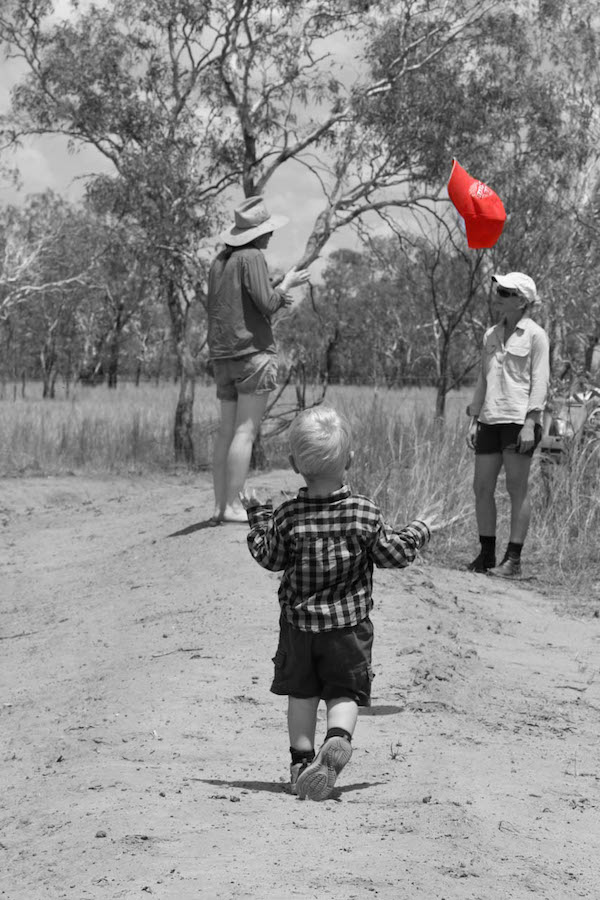Working together for sustainable land management
Host: Rangelands NRM
Written by Mel McDonald – Kimberley Project Manager, Rangelands NRM.
Hello everyone, I hope you are all geared up for the week ahead.
Mel McDonald here. I first introduced myself on Central Station in 2014 in the midst of some very challenging years for me personally. This time I’ll talk about my work, which has been an important part of my life and has helped to keep me strong through the birth of my son, Trent, 15 weeks premature (25 weeks gestation) and the passing of his Daddy, my husband, in a helicopter accident when Trent was only 15 months old.
I work for Rangelands NRM WA which is a non-government, not-for-profit, and politically neutral organisation working across the rangelands of Western Australia. Essentially we work with people, and together we work towards the sustainable management of our natural resources.
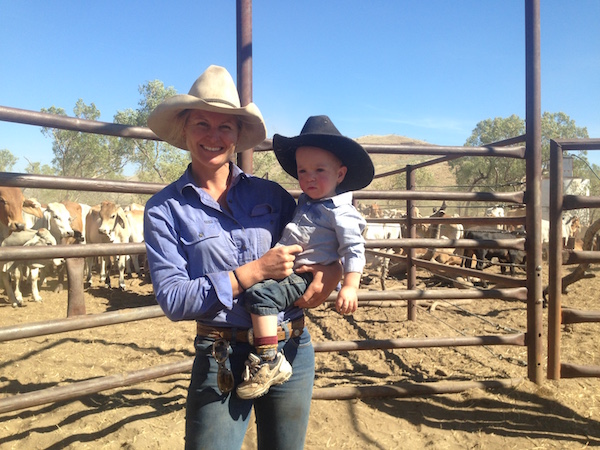 Mel McDonald working for Rangelands NRM towards sustainable food production, the passion of many Australians.
Mel McDonald working for Rangelands NRM towards sustainable food production, the passion of many Australians.
The rangelands represent 87% of the land mass of WA, making it an asset of immense economic, social, cultural, and environmental value for the state and Australia. Pastoral leases cover approximately one third of the rangelands while unallocated Crown land (UCL), unmanaged reserves (UMR), the conservation estate and other tenure make up the remainder. For more than a hundred years, the predominant land use of just over a third of the WA rangelands has been the grazing of sheep and cattle on pastoral leases, utilising the natural vegetation found in the landscapes.

Natural resources are our water, soils, plants, and animals. Natural resources support people and livelihoods. People are a resource too and the “management” part of NRM – our farmers, our land managers, and our rural and urban communities.
Natural resource management (NRM) is about taking care of these natural resources, with a particular focus on how the management affects the quality of life for both present and future generations. NRM is interrelated with the concept of sustainable development.
I have been privileged to work with many of the people you have met right here on Central Station and am proud to call a great number of them friends. I find that most people who live on stations or read blogs such as this are passionate about people, animals, and the land.
My colleagues in Rangelands NRM and I are so often welcomed into the homes and extended families of people on the land. We are brought together by our common passion for the land and our goal to maintain or improve land condition before handing it on the next generation.
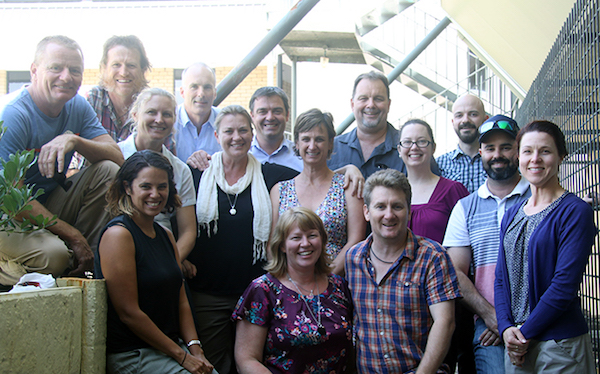
On a typical day as a Rangelands NRM Project Manager I am working often with a Station Manager to develop a project to trial a new and potentially more effective way of doing something, like a practical way to increase vegetation cover. Or, we might be planning a surface water management project to slow water and increase infiltration to reduce erosion. I might even be organising a series of workshops to improve land managers’ knowledge and skills.
We learn together, we plan together, we try together, we learn some more, and we try again. That is what I enjoy so much about my job as a Project Manager with Rangelands NRM. I love working with passionate pastoralists and helping them to achieve their aspirations in improving the sustainability of their herd management and landscapes.
For example I recently worked with the Kimberley Pilbara Cattleman’s Association to include talks from local pastoralists on the agenda of their Innovation Forum in Broome in April. Kurt Elezovich from Country Downs Station and Anne Marie Huey from Dampier Downs Station did a sterling job of standing up in front of 80+ attendees. They shared experiences and lessons from land regeneration and herd management initiatives they have been undertaking on their properties. Nikki Elezovich and Anne Marie have shared details of some of the projects where we have been working with them here.
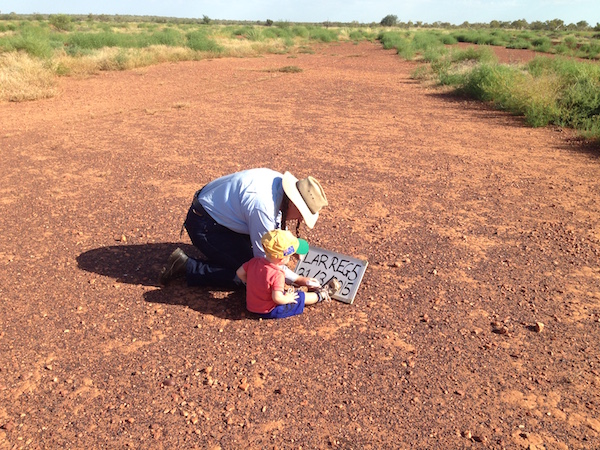
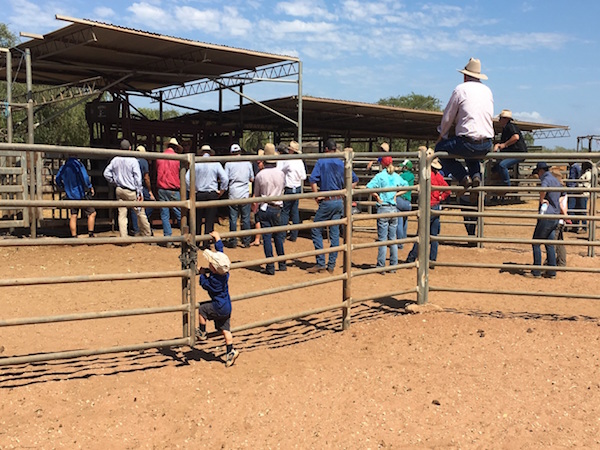
In the spirit of learning from others, I hope you enjoy reading Central Station this week and meeting some of my colleagues as they share stories of themselves and the people they work with.
Until next time take care of yourself and your loved ones.
